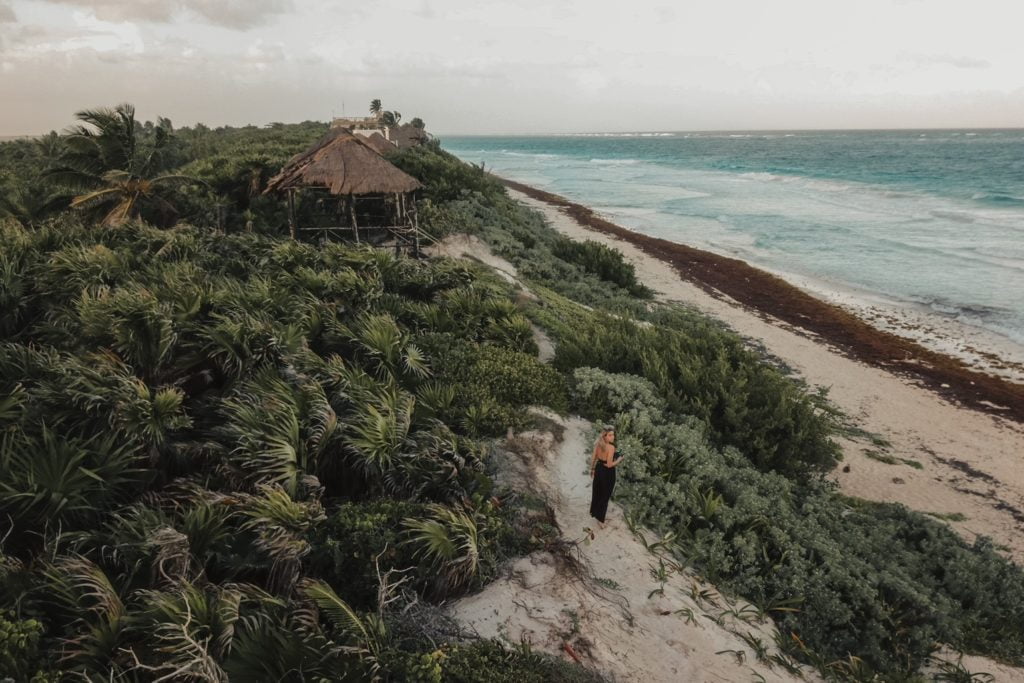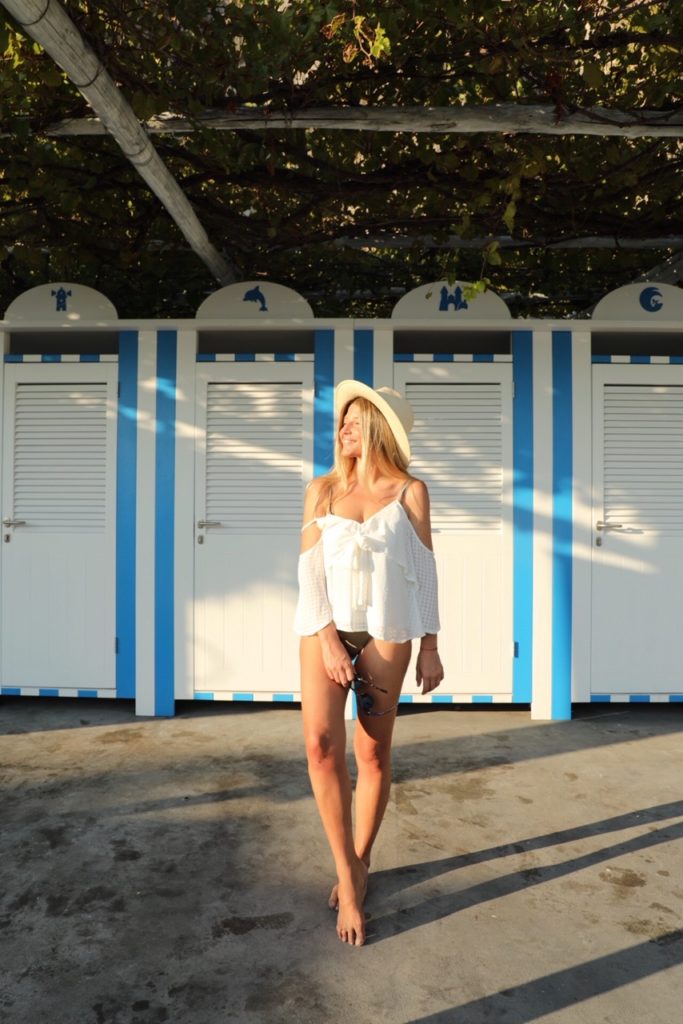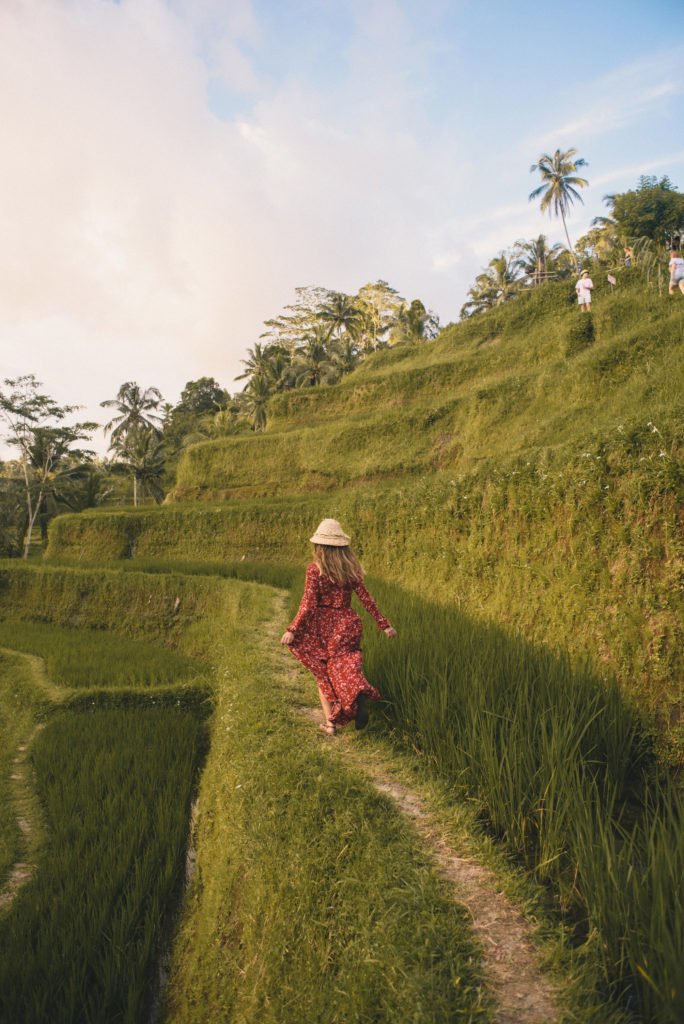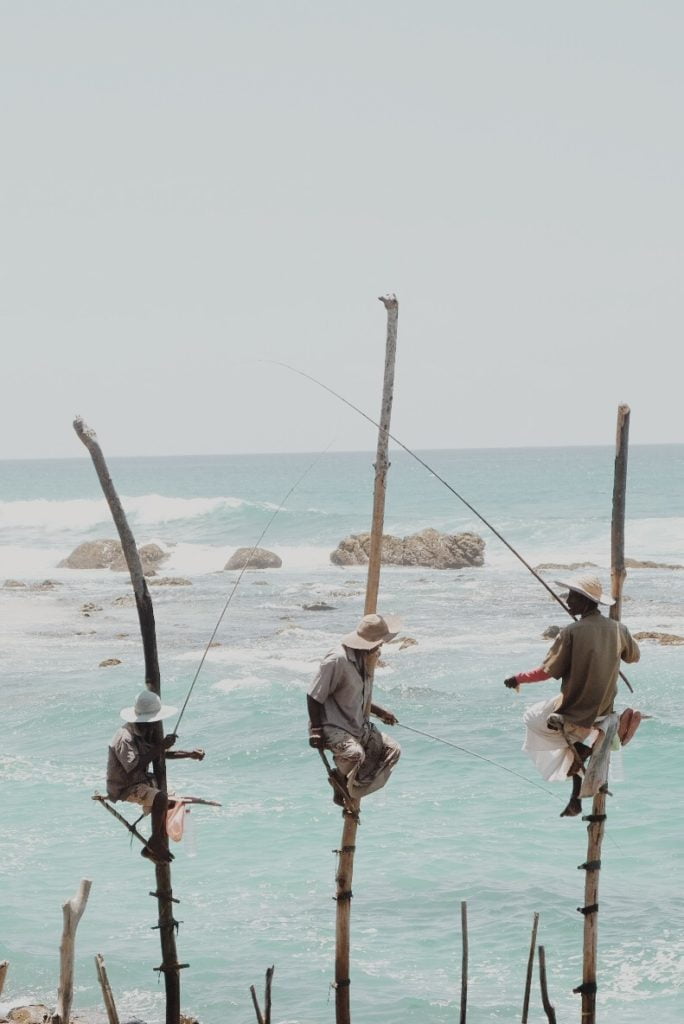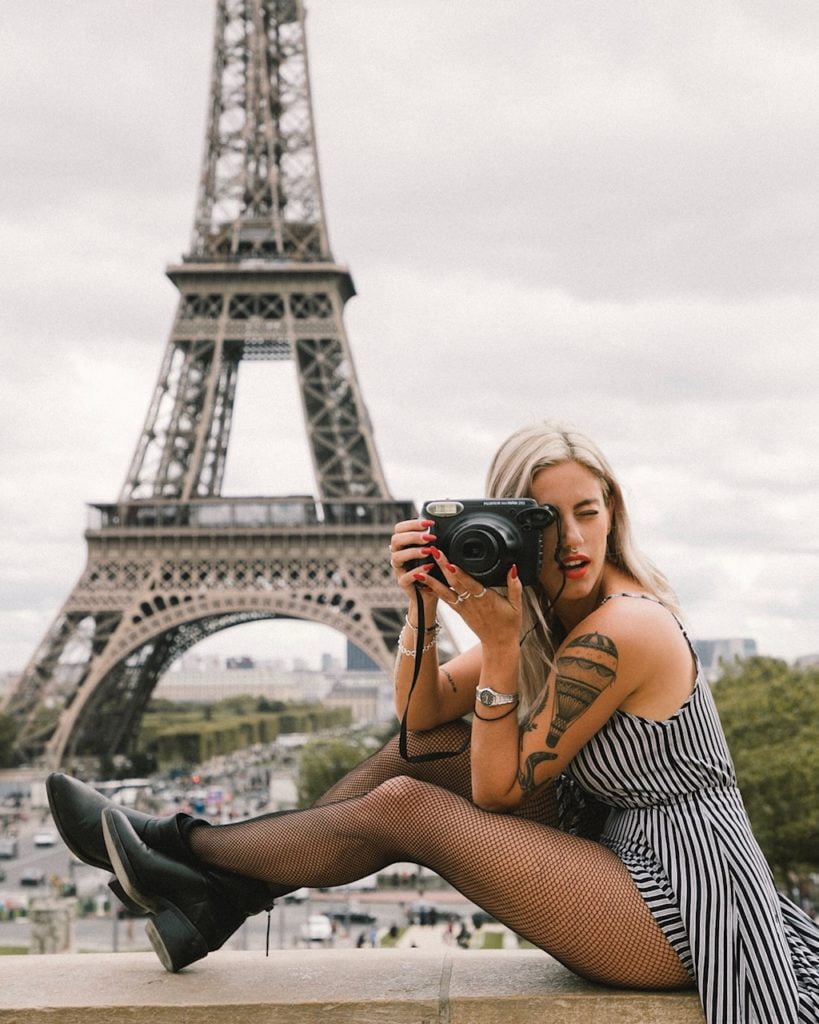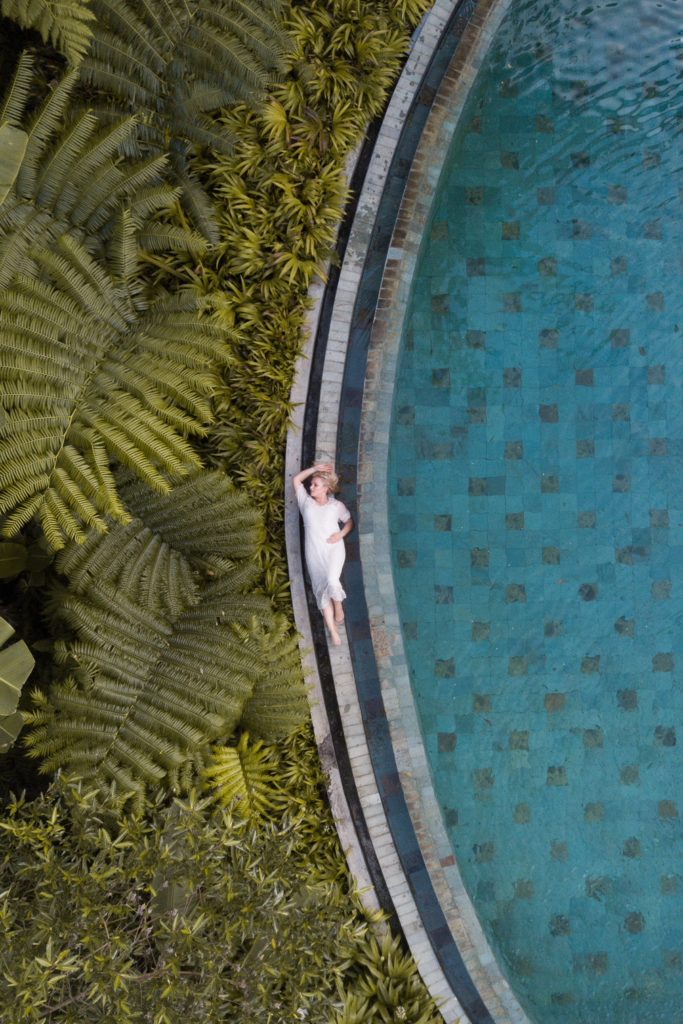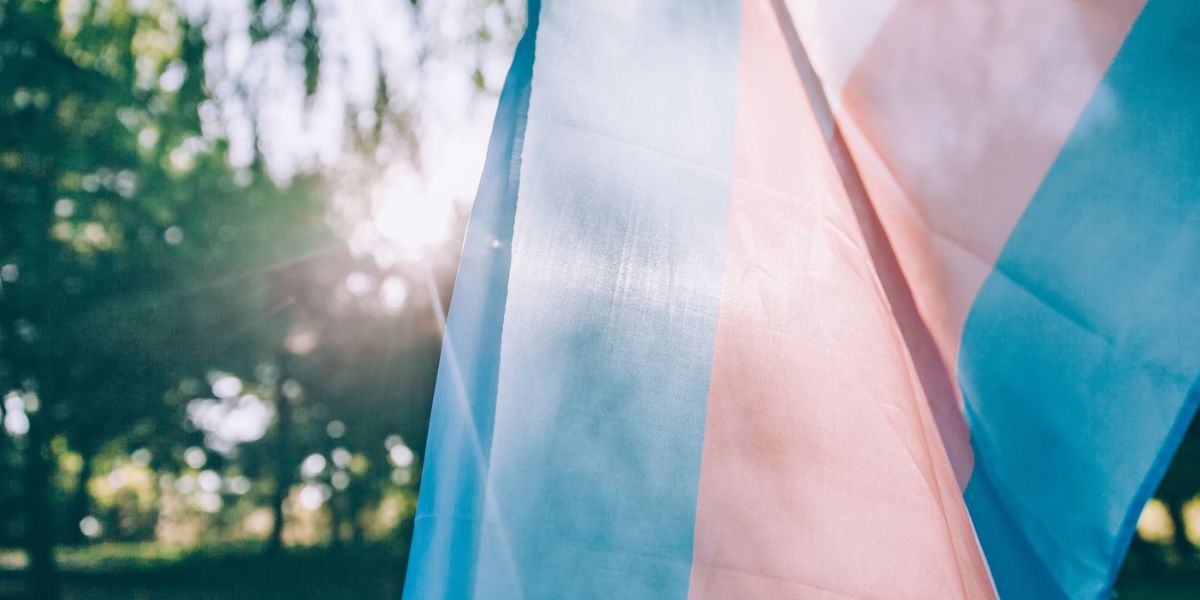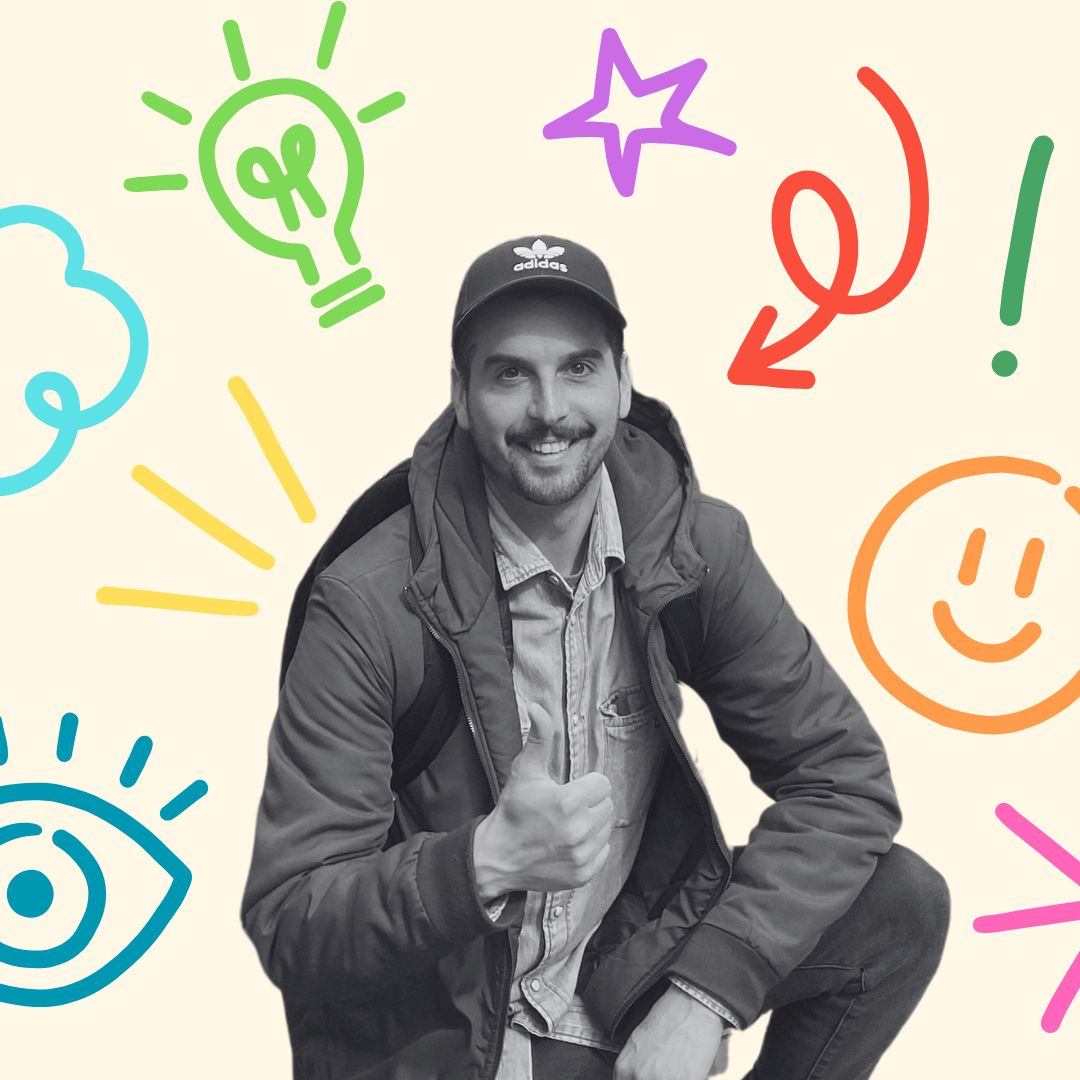In my experience with film – whenever I’ve taken film cameras traveling – when I come back, out of the thousands of photos that I take traveling, there’s a few that I’m excited about, but when I shoot a roll of film, I love each and every single 36 of those frames, and I think that has to do with how much more in love I am with the process of shooting film.
Each frame you’re thinking every single detail through: you’re composing, you’re exposing, you’re focusing – every single step, you’re paying more attention and being dedicated because you know there’s no room for error.
